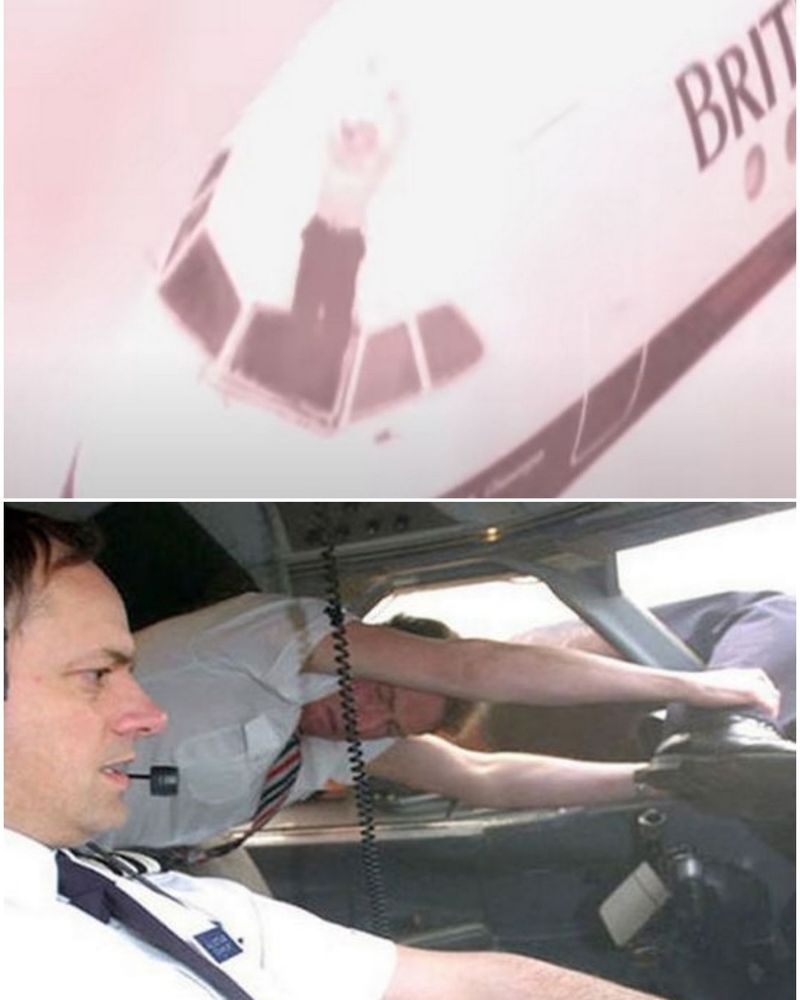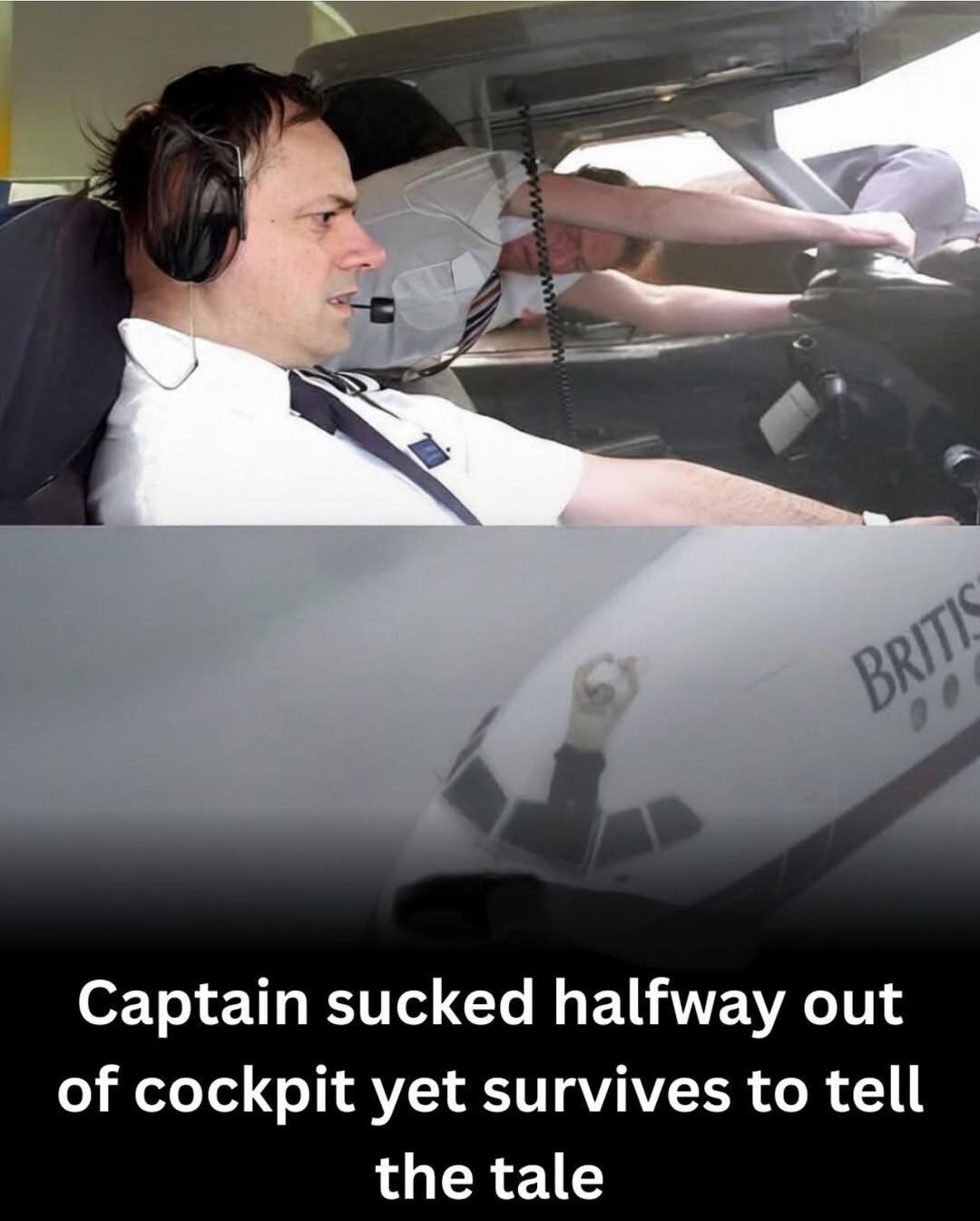The Miracle of Flight 5390

👉🏻 Related Videos:
On June 10, 1990, the passengers and crew of British Airways Flight 5390 lived through one of the most astonishing survival stories in aviation history.
Just minutes after takeoff from Birmingham, England, bound for Malaga, Spain, disaster struck. At 17,300 feet, with a deafening bang, the left cockpit window blew out. A single maintenance error—bolts just a fraction too small—had set the stage for catastrophe.
 Captain Tim Lancaster, seated at the controls, was ripped from his chair by the sudden explosive decompression. The wind, roaring at 350 mph, dragged him halfway out of the aircraft. His torso was outside in the freezing sky, his legs tangled against the flight controls, while his crew and passengers looked on in horror.
Captain Tim Lancaster, seated at the controls, was ripped from his chair by the sudden explosive decompression. The wind, roaring at 350 mph, dragged him halfway out of the aircraft. His torso was outside in the freezing sky, his legs tangled against the flight controls, while his crew and passengers looked on in horror.
Instinct and courage took over. Flight attendant Nigel Ogden lunged forward, clinging to the captain’s belt as the violent slipstream battered his body. Other crew members rushed to his aid, locking arms in a desperate human chain to keep their captain from being lost forever.
 Inside the chaos, First Officer Alastair Atchison kept his focus. Alone at the controls, he began a rapid emergency descent to thicker air and diverted toward Southampton Airport. For 20 agonizing minutes, the crew fought for two lives at once—the passengers in the cabin, and the captain hanging between life and death.
Inside the chaos, First Officer Alastair Atchison kept his focus. Alone at the controls, he began a rapid emergency descent to thicker air and diverted toward Southampton Airport. For 20 agonizing minutes, the crew fought for two lives at once—the passengers in the cabin, and the captain hanging between life and death.
When the aircraft finally touched down, against every expectation, Tim Lancaster was still alive. Though frostbitten, bruised, and broken, he recovered—and within months, returned to the skies.
The investigation revealed the culprit: bolts just slightly too small for the windshield. A tiny oversight had nearly ended in tragedy, but instead, it reshaped airline maintenance standards forever.
Flight 5390 became more than a crisis—it became proof of teamwork, resilience, and survival against impossible odds.











